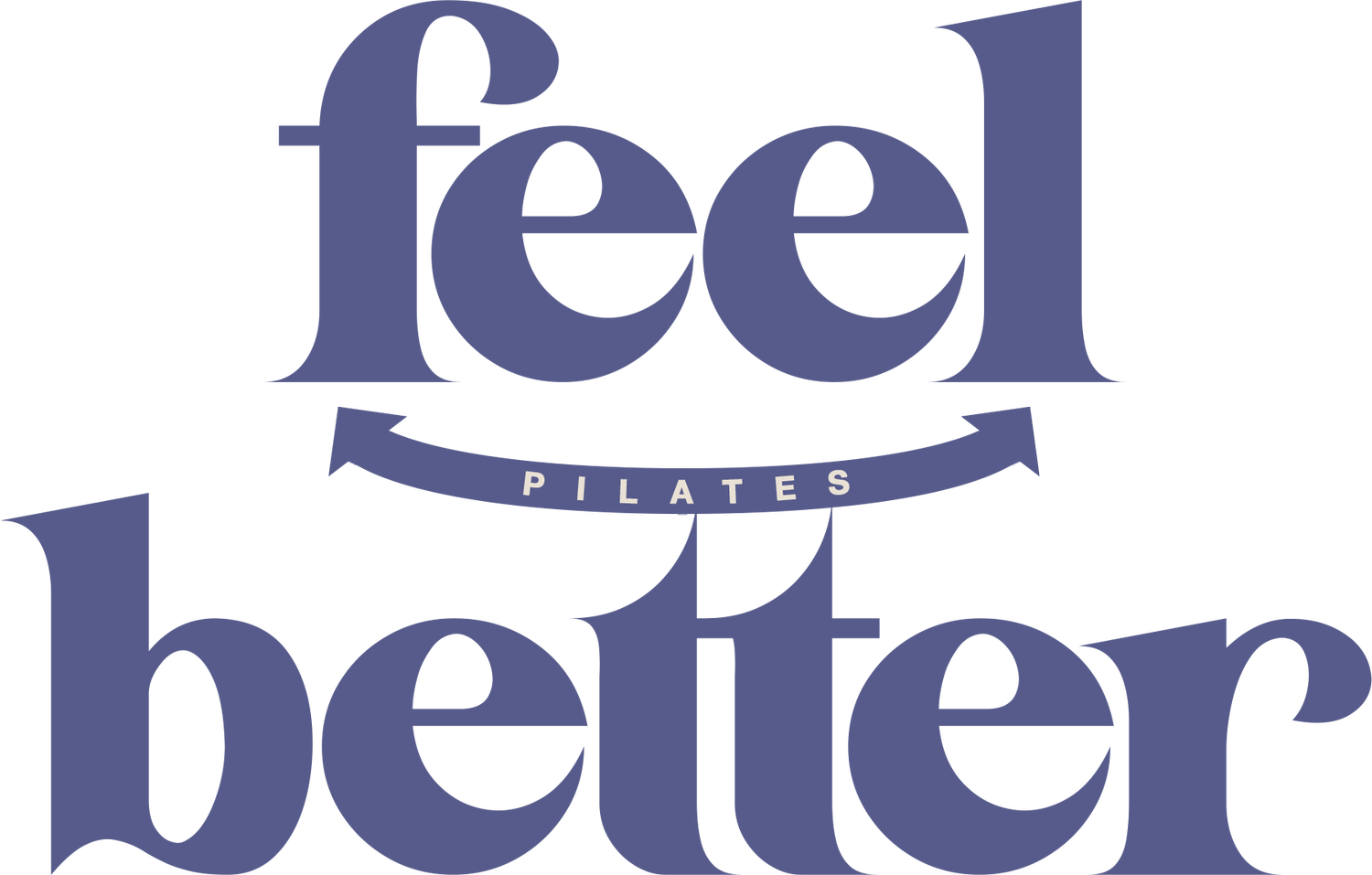Pilates studio red flags: what to watch for
Not all Pilates is created equal. And while we wish every movement space was safe, inclusive and evidence-based… the reality is that some studios and instructors are still clinging to outdated ideas, rigid rules, and approaches that just don’t serve your body or your brain.
So let’s get clear: if you’re stepping into a Pilates studio, you deserve to feel supported, challenged, and respected. You deserve to leave feeling stronger and more connected to your body, not like you’ve failed some secret posture test.
With that in mind, here are some red flags to look out for in any Pilates space:
One-size-fits-all programming
If every person in the class is doing the exact same version of every move, regardless of strength, injury history or experience - that’s a problem. Great teaching meets you where you are. It offers options, choices and layers. Because people aren’t robots.
What to look for instead: Instructors who offer layers and permission to modify. Who celebrate you for listening to your body, not pushing through pain or grinding when you need to be kind to yourself today.
Posture shaming or rigid alignment rules
The idea that there's one “perfect” posture is a myth. And being told to constantly “correct” your posture isn’t just annoying, it’s not supported by evidence and can actually make you feel more disconnected from your body.
What to look for instead: Teachers who help you explore dynamic alignment and understand how and why your body moves the way it does without judgement or shame.
No explanation of what you’re doing or why
“Just do it” might be a slogan for sneakers, but it’s not how you build trust with your body. You deserve to understand the intent behind a movement - how it supports your goals, how to make it more or less challenging depending on how you’re feeling that day, and what’s going to help you move more efficiently and effectively.
What to look for instead: Teachers who share useful context and help you refine the how without assuming everyone has a degree in anatomy or wants one.
Overuse of cueing like ‘shoulders down’, ‘ribs in’, or ‘tuck your pelvis’
These cues may sometimes be helpful. but if you hear them constantly, without any context, it can create confusion and rigidity. Not to mention a healthy dose of overthinking.
What to look for instead: Cues that are clear, purposeful and connected to how you feel, not just how you look. Movement should make sense in your body, not just on a diagram.
Classes that feel like performance, not practice
You’re not auditioning for Cirque du Soleil. You’re there to move, learn and feel better. If your Pilates class feels like a test or a competition, that’s a red flag.
What to look for instead: A space where exploration is encouraged, mistakes are normal, and the vibe is more “let’s try it” than “nail it or fail it.”
No progression, no feedback, no connection
If you’ve been going to class for months and still feel like a stranger in the room that’s a red flag. Connection matters. Feedback matters. You should feel seen.
What to look for instead: Studios where the instructors know your name, where progress is celebrated, and where you feel part of a community, not just a face on a reformer.
Final Thoughts
Pilates should help you feel better in your body, not worse. It should give you tools to build strength, mobility, and confidence. It should empower you, not box you in.
At Feel Better Pilates, we’re not here to sell you perfection. We’re here to make movement work for real people, with real lives and real bodies. No red flags. Just honest teaching, inclusive vibes, and a whole lot of curiosity.
If you’ve ever felt like Pilates wasn’t for you maybe you just hadn’t found the right space yet.
This could be it.
